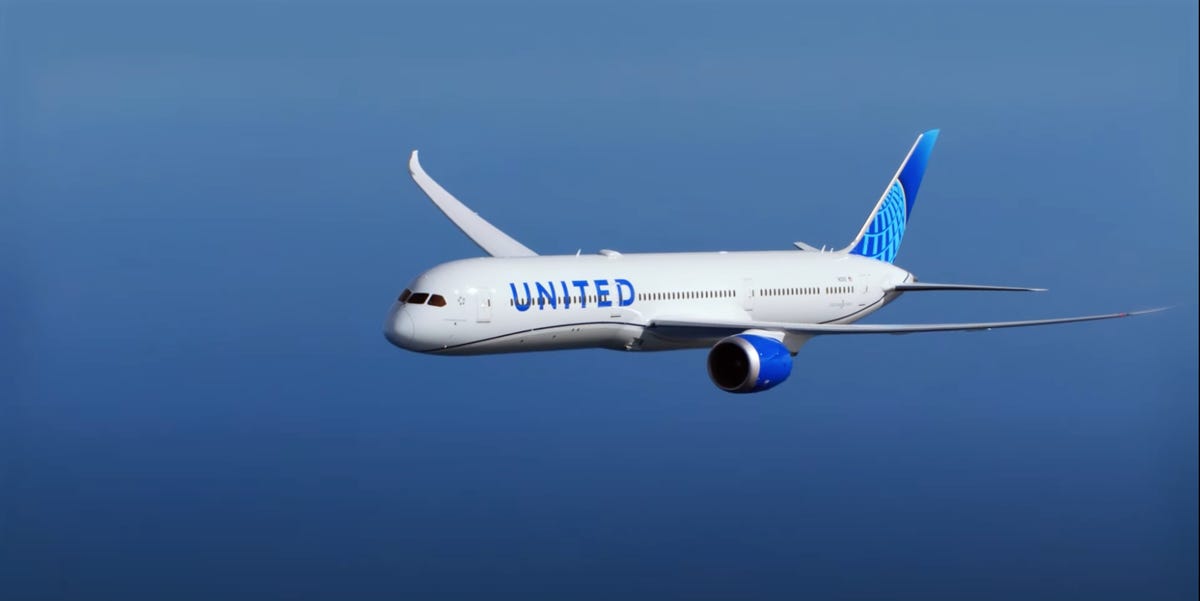[ad_1]

A new, friendlier attitude?
Screenshot by ZDNet
Business travel is coming back.
I know this because I just saw a headline in the Wall Street Journal that read: “Business travel is coming back.”
Then again, Airbnb CEO Brian Chesky insists: “Business travel as we know it has changed forever.”
I confess I recently took my first cross-country business trip for a very long time and concluded that the changes were slight. Other than the mask, it all felt very normal.
Some airlines, though, had already raced ahead with changes long before the pandemic began. One that causes perhaps some of the more severe friction is the seatback screen.
American Airlines insists everyone should use their own device and stream content to their phones over a superb Wi-Fi connection. (Please continue dreaming. Life will be perfect one day.)
Delta, on the other hand, has pursued a strategy of seatback screens giving customers the freedom to use their devices for other things while watching their choice of horror, action or miserable documentary.
United Airlines, one of the most important for Silicon Valley as it’s the dominant carrier in the Bay Area, seemed firmly aligned with the idea of taking out seatback screens. Airlines believe it saves them money and that’s far more important to them than, say, earning the passionate loyalty of customers.
I was taken aback, therefore, that United seems to have endured a change of heart. As The Points Guy reported, United is unveiling new, spiffily updated Boeing 737 Max 8 planes.
A seatmap slipped onto United’s site just last week — and soon disappeared — and what is it we see there? Why, the phrase: “Seatback on-demand and personal device entertainment.”
Yes, at every seat. Even the one at the very back right next to the toilet.
This is all disturbingly odd. After all, United’s Max 9 planes — I flew them a couple of times pre-pandemic and they weren’t exactly comfortable — proudly forced passengers using their own technology to make their own entertainment.
Now, though, muttered rumors are sniffing that United will, gasp, retrofit some of its planes to return the seatback screens to their former perch.
Naturally, I asked United why it might be undergoing such a radical volte-face. I received a tantalizing reply. A spokeswoman told me: “We don’t have anything to share on this right now. We will keep you posted.”
Some might translate this as: “It was an oopsie to let it slip onto the website, but yeah, we’re doing it.”
Many might think reversing course and adding screens inordinately wise.
Why force a family of five to each have their own device on the flight and ensure they’re sufficiently charged for entertainment purposes? In any case, many United planes don’t have any power outlets in seats beyond First Class and Economy Plus. (And please don’t tell me business travel is only performed in fancier seats.)
Why, too, force business travelers to use their own devices when, sadly, the majority get on the plane, instantly open their laptops and pour over Excel spreadsheets for five hours?
At least give them the choice of being able to look up occasionally and watch a miserable documentary.
The idea of your personal device performing every needed function is quite popular currently. Why, Apple wants you to use your iPhone to open your front door.
But if you’re going to make people feel good in an extremely confined space — and most planes these days offer precious little space at all — why not use technology to make things easier for them, not harder?
After all, when you’re reducing legroom, putting in thinner seats, and generally sardining passengers, it’s nice to give them something they like.
[ad_2]
Source link